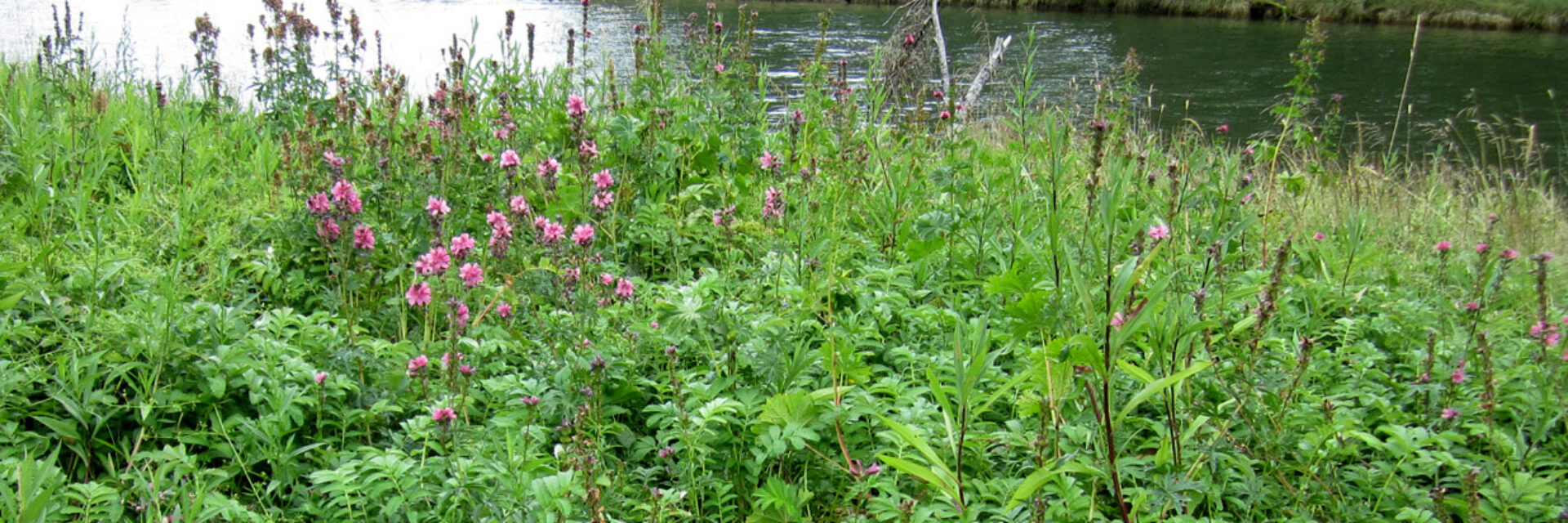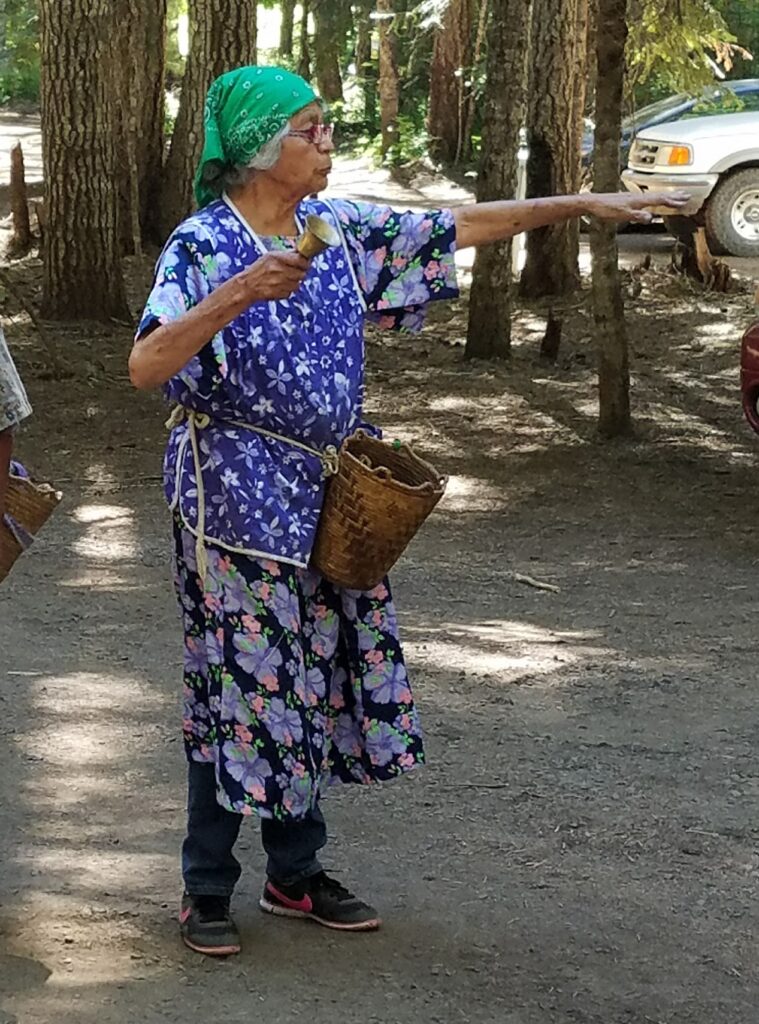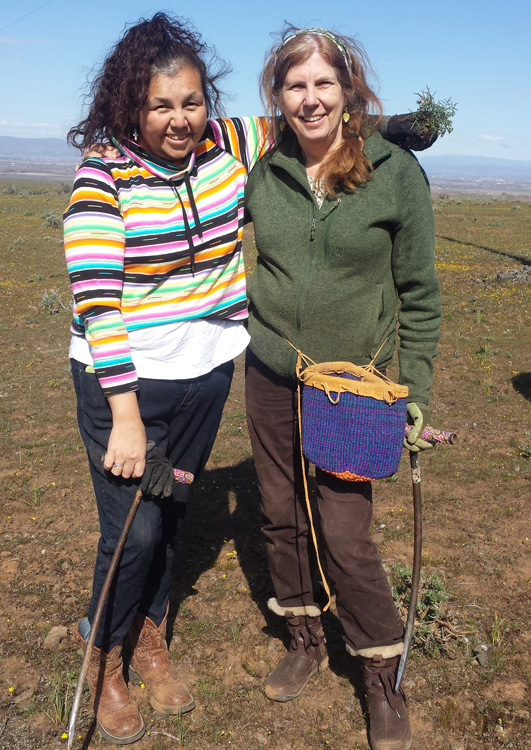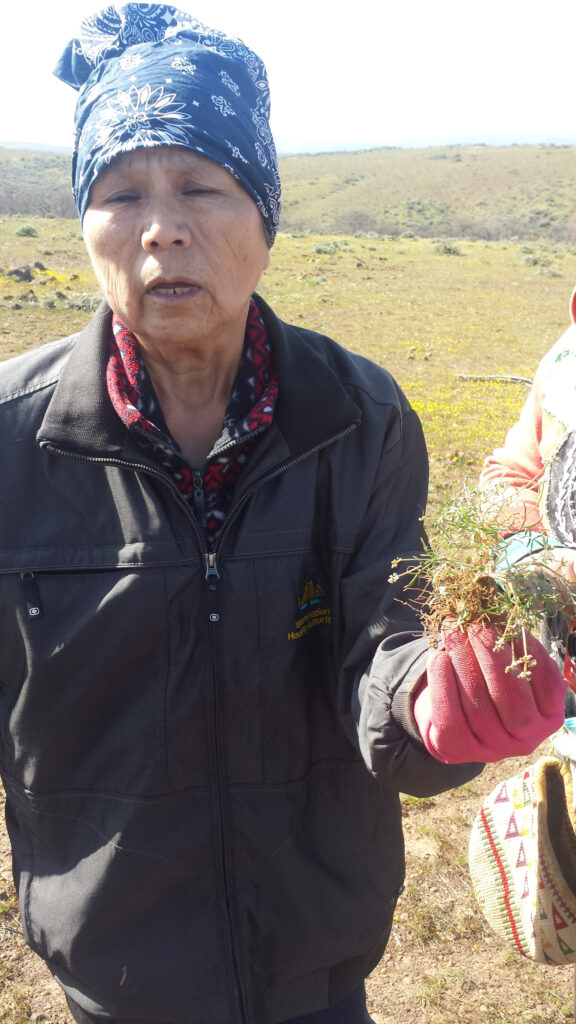Ethnobotanical knowledge is rooted in the ability to correctly identify plants. The loss of this knowledge, gained through hundreds of generations, and lost in just one or two, is the single reason we have lost working knowledge of plants and their uses in our present culture. This is a worldwide phenomena, and has had a profound effect.
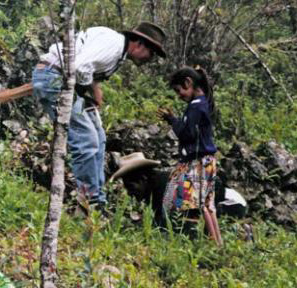
I remember in the 90’s when I learned that children today can identify over 500 logos (by some accounts many multiples of that) by the time they are five, but cannot identify seven native plants or wildlife in their backyard. This was an early inspiration for my work. It is evidence that we still have excellent skills honed to identify objects by shape, form and color, but have applied it to a different purpose. I then learned that ethnobotanist, Eugene Hunn, (above photo) working in a remote village in northern Mexico, used as his ‘teacher’ a ten year old girl, who could identify ‘by leaf fragment’ over five hundred plants in her environment; name its uses, and how and when to harvest.
It has become, what I feel, some of my most important work- to empower people with the ability to identify plants in their homelands, how to use them, and if, when and how to harvest them. Learning how to use them for herbariums, fiber, baskets, natural dyes, plant medicines and food by harvesting, processing and handling them creates a familiarity that reinforces this knowledge. Learning their value in the history of the culture of the land they evolved in adds meaning and depth. It is not a wall of green, it is a beautiful mosaic of plant friends.
Keep it Approachable for All
For that reason, I teach using our local common names, I want this to be approachable by everyone. Early in my work I decided to try to learn from an indigenous perspective, to understand that these plants are living beings, my brothers and sisters, as so many native cultures describe. Since the agricultural era, a mere 8-10,000 years ago, we have distanced ourselves from the plants, as we manage and control every aspect of their lives, and this has led to a loss of connection to the natural world that you, my reader, almost certainly lament if you have sought me out.
With that in mind, as I learned these plants, I deliberately avoided focusing on the classification system we use today- family, genus, species- knowing that native people around the world had their own classification systems (and binomial at that!) which distinguished plants in more ways than just their flower parts or DNA. I have since spent time with highly, botanically-knowledgeable, native people, who have never heard, least of all used, the scientific name for one of their traditional plants, and yet, more than likely know more about them than the most learned taxonomist.
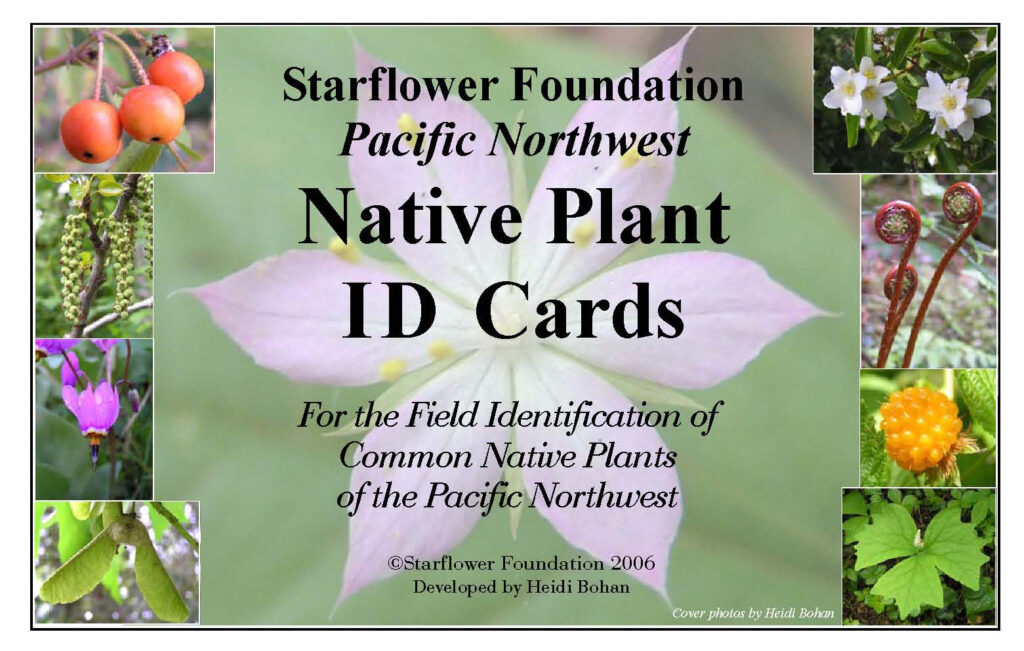
Plant Identification Cards
Starflower Native Plant ID Cards and Weed ID Cards were projects I worked on as project lead for the Starflower Foundation. This organization was privately endowed by Ann Lennartz, a friend and inspiration for me. I worked with her as a contractor for nine years, helping to develop educational materials and design public gardens as part of her work to restore native plant communities in Seattle urban parks and schools. It became clear that creating a resource for the community to use to identify native plants was a legacy we could leave when the organization decided to sunset in 2006. I proposed, led and created these cards over six years with input from students, teachers, restoration specialists and Starflower staff.
These have always been meant to be freely distributed, and I’m pleased to offer them on my website. They are also available through the Washington Native Plant Society website. I have recently updated their scientific names based on new nomenclature, and added better images as I felt appropriate, but in all other ways they remain identical.
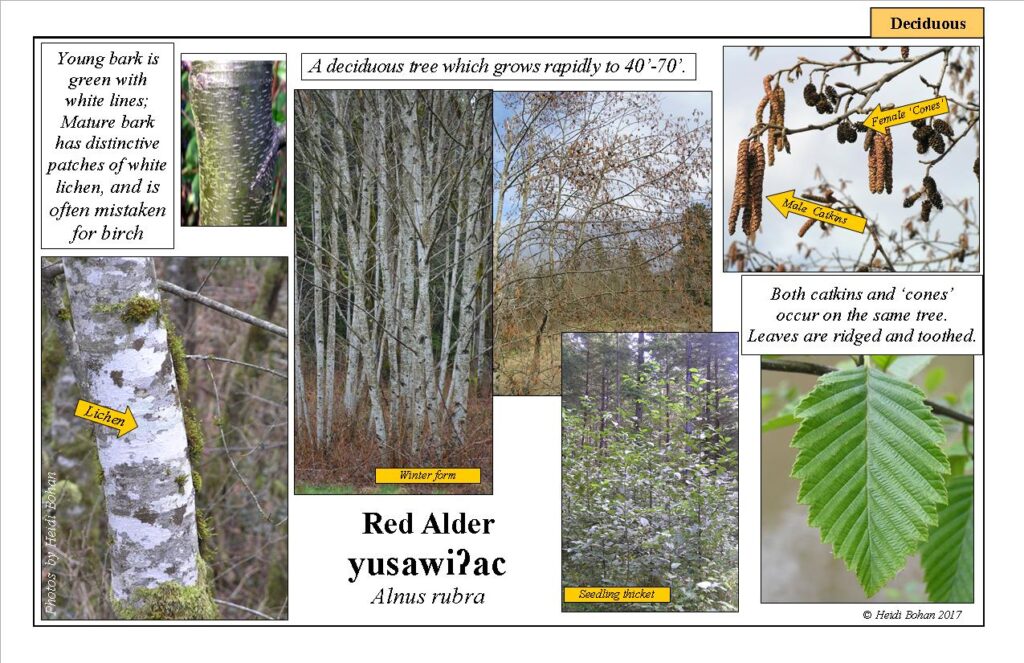
Lushootseed Native Plant ID cards were created as part of my work in tribal community, in particular Snoqualmie Tribe and Northwest Indian College, and we used them during our restoration community days, and in cultural education programs. I have expanded to include a few more for a working set of culturally important plants with the Southern Lushootseed (twu’shə tsid, dexwlesucid) plant names we have been able to find, often from recordings of fluent speakers, now passed.
This is a critically, endangered language spoken by tribes throughout the Salish Sea. The nortern dialect spans from Everett north to Upper Skagit, Fraser River and Vancouver Island; the southern dialect, from south of the King County line to Olympia and southwest Washington. It would be a feasible goal to begin using the indigenous name for these indigenous plants, as part of decolonizing, though this is complicated by unfamiliarity with the sounds used, the varying dialects, and neighboring language groups, as well as the fact that some of the plant names are likely forever lost.
